Key points of planting techniques of baby vegetables
Baby vegetable is a kind of pocket-sized cabbage. Its plant shape is small and exquisite, help thin crisp tender, outside green inside white, taste fragrance, rich nutrition, favored by consumers. Therefore, there is also a good market prospect for farmers to grow baby vegetables.
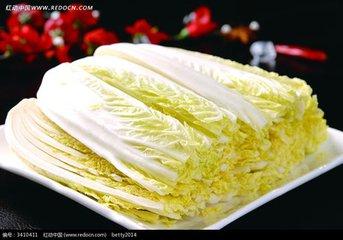
I. planting season
Baby vegetables like cold growing environment, and the season with mild climate has the best quality. The suitable temperature for germination is 25 ℃. Under 5 ℃, it is easy to freeze. Below 10 ℃, the growth is slow, the ball is loose or cannot be wrapped, and when it is higher than 25 ℃, it is easy to be infected with virus disease. The temperature must be higher than 13 ℃ when sowing and planting, otherwise it is easy to bolt. Baby vegetables are suitable for planting in open fields in spring and autumn.
II. Variety selection
Variety is not only the basis of planting, but also the internal cause of improving quality and yield. Therefore, we must be careful in the selection of varieties, plant baby vegetables, and choose the very early generation hybrids with small size, symmetrical leaf balls, bright color, crisp and tender leaves, good quality, suitable for close planting and easy packaging. In addition, the varieties of baby vegetables planted in protected areas in winter and spring must have a certain tolerance to bolting, and the varieties planted in summer must have strong heat tolerance and virus resistance.
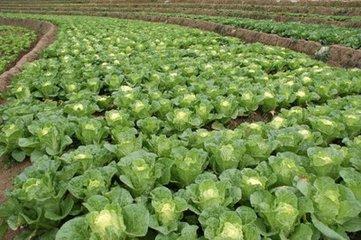
III. Requirements and methods of planting
Baby vegetables have small roots and relatively poor absorption of nutrients and water. It is appropriate to choose sandy loam with fertile soil, deep plough layer, high fertility and convenient drainage and irrigation, with a PH value of 6.5-7.5. Apply 750 kilograms of ternary compound fertilizer and sufficient mature organic fertilizer per hectare as base fertilizer and rake it flat. It is suitable for border cultivation in spring and autumn, 1.2 meters in width, and 0.6 meters in summer. Baby vegetables can be direct seeded, but in order to ensure the whole seedling and improve the yield and economic benefits, we should raise seedlings in advance, transplant 4 leaves with soil, plant 2 rows per ridge, 4 rows per row, and the row spacing is 20 cm × 30 cm. It is appropriate to plant about 195000 plants per hectare. 1.2 kilograms of seeds are needed per hectare.
IV. Field management
1. Temperature control
Planting in greenhouse and greenhouse in winter and spring, the temperature at night should be kept above 13 ℃ as much as possible, and the higher temperature in the early daytime could slightly release air and dehumidify and reduce the occurrence of downy mildew, and ventilation day and night when the minimum temperature rose to 13 ℃. The highest temperature during the day can be maintained at about 25 ℃. In the cultivation of small arch shed, with the rise of air temperature, it is necessary to gradually increase the ventilation rate, and the minimum air temperature rises to 13 ℃ to remove the film, timely ploughing and weeding, increase the soil temperature and promote the development of root system. When planting in open field, the most important thing is to pay attention to planting season, water discharge, moderate fertility and protection when strong light or temperature drops sharply.
2. Fertilizer and water management
Baby vegetables need a high amount of fertilizer, followed by nitrogen fertilizer in the early stage of growth, followed by phosphate fertilizer. When the leaf bulb is formed, the demand for nitrogen and potash fertilizer increases. After planting slow seedlings, 150 kg urea per hectare was applied. After the heading period, 150 kg of nitrogen fertilizer was applied per hectare. Baby vegetables have weak roots and like a wetter environment during vegetative growth. If there is not enough water, the growth will be poor, the tissue will harden, the fiber will increase, and the quality will become worse; if there is too much water, it will affect the root system to absorb nutrients, and it is easy to be infected with virus disease.
3. Pest control
During the growth of baby vegetables, there are downy mildew, soft rot, brown spot, Plutella xylostella, cabbage and other leaf-eating diseases and insect pests. Once found, pesticides with high efficiency, low toxicity and low residues should be sprayed in time, and the method of artificial elimination of adults can also be adopted to control them.
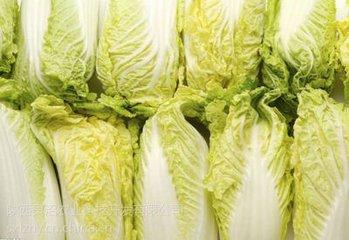
V. timely harvest
Baby vegetables are precocious varieties, which should be harvested in time once they are ripe. Too large or too tight leaf balls are easy to reduce commodity value and reduce efficiency. When the plant height is 30-35 cm and the leaf ball bag is tight, it can be harvested. When harvesting, the whole plant is pulled up, the base is flattened, the excess outer leaves are removed, and after packing with plastic wrap, it can be listed on the market.
- Prev
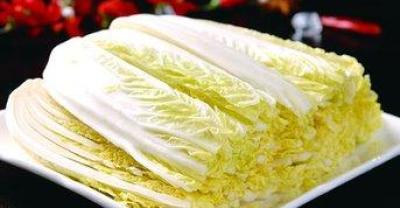
Matters needing attention in planting Osmanthus fragrans seedlings in Spring
Spring, planting small sweet-scented osmanthus seedlings to remind a few points. Old flower growers are very experienced in growing sweet-scented osmanthus and usually transplant them on the spot with soil, and the survival rate is basically 100%. But in a different place.
- Next
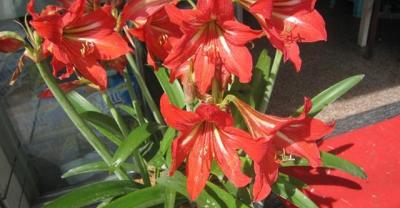
Planting techniques and cultivation Management of Radix Paeoniae Rubra
[summary] Radix Paeoniae Rubra is a commonly used traditional Chinese medicine with a long history of application. It is a good product for clearing heat and cooling blood and dispelling blood stasis. Definition: peony is a plant of Ranunculaceae.
Related
- Fuxing push coffee new agricultural production and marketing class: lack of small-scale processing plants
- Jujube rice field leisure farm deep ploughing Yilan for five years to create a space for organic food and play
- Nongyu Farm-A trial of organic papaya for brave women with advanced technology
- Four points for attention in the prevention and control of diseases and insect pests of edible fungi
- How to add nutrient solution to Edible Fungi
- Is there any good way to control edible fungus mites?
- Open Inoculation Technology of Edible Fungi
- Is there any clever way to use fertilizer for edible fungus in winter?
- What agents are used to kill the pathogens of edible fungi in the mushroom shed?
- Rapid drying of Edible Fungi

